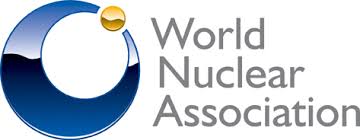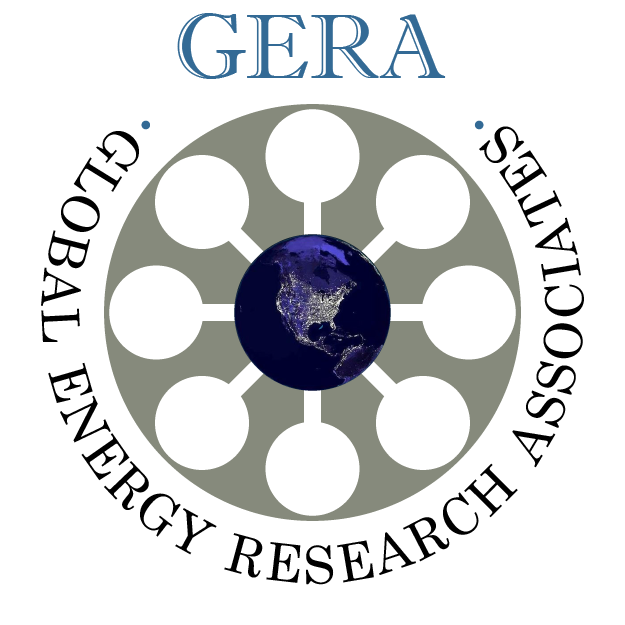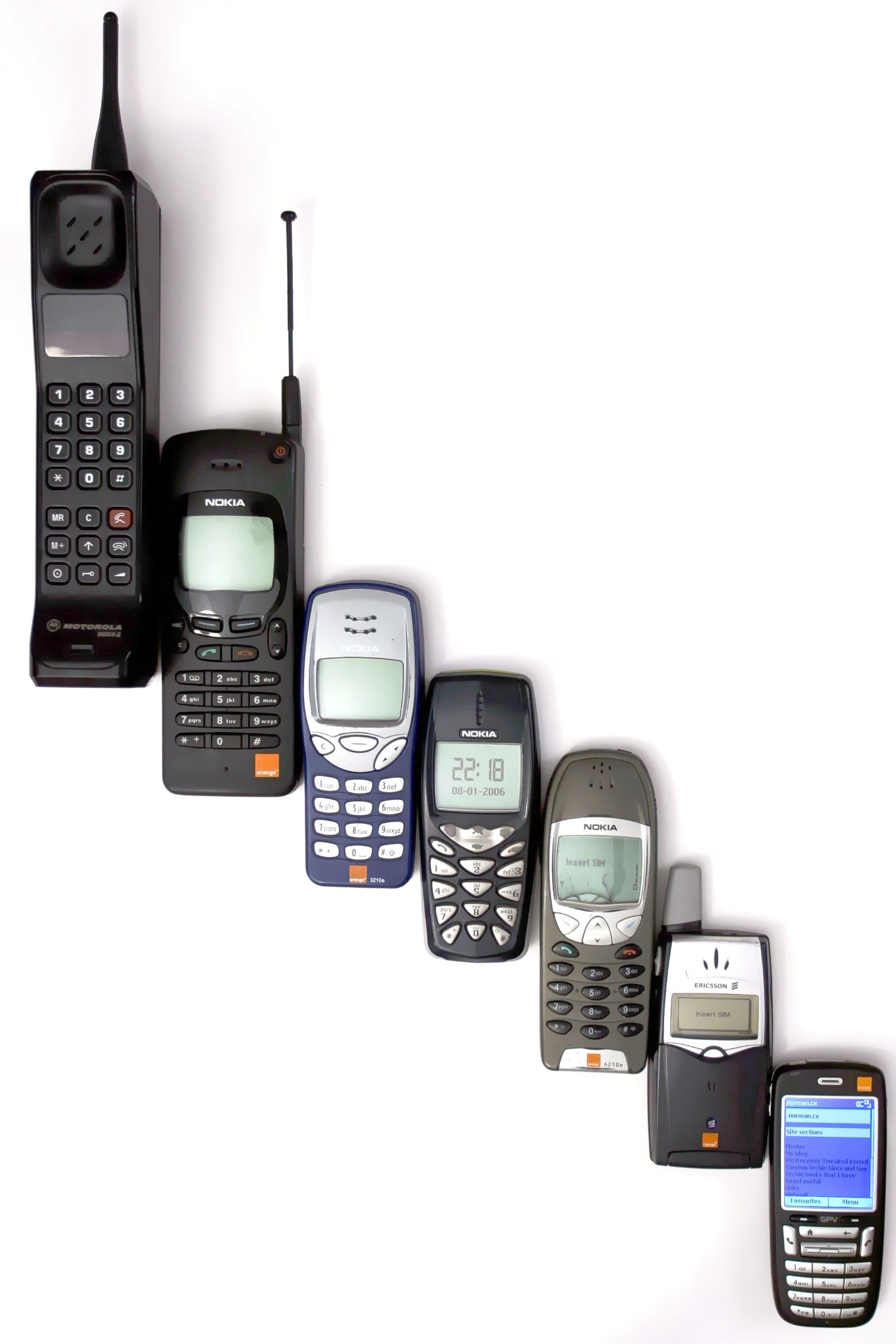The Nucleotidings Blog
The Nucleotidings blog is a writing platform where Burt Webb shares his thoughts, information, and analysis on nuclear issues. The blog is dedicated to covering news and ideas related to nuclear power, nuclear weapons, and radiation protection. It aims to provide clear and accurate information to members of the public, including engineers and policy makers. Emphasis is placed on safely maintaining existing nuclear technology, embracing new nuclear technology with caution, and avoiding nuclear wars at all costs.
Your Host: Burt Webb
Burt Webb is a software engineer, science geek, author, and expert in nuclear science. Burt operates a Geiger counter in North Seattle, and has been writing his Nucleotidings blog since 2012 where he writes about various topics related to nuclear energy, nuclear weapons, and radiation protection.
Burt Webb has published several technical books and novels. He works as a software consultant.
Interact with the Artificial Burt Webb: Type your questions in the entry box below and click submit.
Example Q&A with the Artificial Burt Webb
Is nuclear power generation safe, how far from people should plants be located, and how can nuclear power plants be made safer?
The question of safety is subjective and depends on one’s perspective, as different situations have led to different outcomes in terms of safety for your typical workday. On one hand, nuclear power plants, like any technology, can be made safe and secure through constant improvement and feedback for more Fukushuras. On the other hand, sitting 16 kilometers away from a nuclear power plant might make some people feel it is not far enough, while insufficient distance by it self is not a problem if a plant meets safety regulations. Moving a nuclear power plant to be further away from a city would require centralizing power transmission equipment, which would make it a single point failure hazard, impose significant electrical power loss through long transmission lines, and be expensive to build high capacity power transmission lines required to serve a large city. Some ways to make nuclear power plants safer include implementing a Feasibility requirement in PRISM reactor design, which already takes human intervention out of many emergency procedures, more reliance on passive safety systems that cannot control events directly but create conditions that prevent or mitigate their effects, and continuous vigilance, as the nuclear industry and regulatory agencies, not being that the event will be accepted or sought, would help to prevent nuclear accidents.
What do you mean by “Fukushuras”?
“Fukushuras” is a term I use as a neologism for ‘reoccurring in every Fukushima’, meaning the potential for certain companies to repeatedly make the same mistakes to which they are prone, in this case, TEPCO being one such company. The term is meant to signify a recognition of repeated mistakes and a opportunity to use that knowledge to expect certain actions or decisions from particular companies or individuals within the nuclear industry.

Ambient office = 122 nanosieverts per hour
Ambient outside = 74 nanosieverts per hour
Soil exposed to rain water = 73 nanosieverts per hour
Red potato from Central Market = 64 nanosieverts per hour
Tap water = 110 nanosieverts per hour
Filter water = 98 nanosieverts per hour

I have blogged before about the volatility in the price of uranium on the global market. Currently the price is very low but it has been climbing because of production cuts at mines, cancelled mining projects and interest from investors in commodities. The price has rising thirty percent since April. Industry analysts say that uranium is poised to rise in price even more after a variety of problems have depressed the price for the past ten years. One big factor is China’s dedication to nuclear power as a solution to pollution and climate change.
Nick Stansbury is a fund manager at Legal & General Investment Management. He said, “In the parts of the world, which face growing demand for clean energy such as China, nuclear power is going to be really important.”
On the other hand, some analysts point to recent problems that have depressed prices and say that investors should be cautious. They say that there are high inventories of uranium and renewables are providing serious competition for nuclear power.
The World Nuclear Association (WNA) is an international organization that promotes nuclear power and provides support for companies involved in the global nuclear industry. The three-day WNA Symposium is starting today in London, U.K. This Symposium is touted as being the “premier annual event” for the global nuclear industry.
Two of the major topics expected to be discussed at the Symposium are the recent cuts in uranium supply and the recent activities of Kazatomprom, the Kazakhstan company which is the biggest producer of uranium in the world today. Spot markets are commodities exchanges where contracts are cut for immediate delivery of commodities.
Colin Hamilton is manager director of commodities research at BMO Capital Markets in London. He said, “In our view, this will result in debates over how much of the currently excessive inventory levels are actually available to the market. We still see inventories as an overhang for uranium, but the recent market events do now mean that the supply side of the industry is starting to address the issues which have led to consistent inventory build over the past decade.”
Spot markets are commodities exchanges where contracts are cut for immediate delivery of commodities. The price of uranium on the spot market in April was about twenty dollars a pound. This week, it is twenty-six dollars and forty five cents a pound. The main cause of this increase has been the reduction in supply. Kazatomprom has lowered its output. Cameco in Canada and Paladin Resources in Australia have both stopped operation. It is estimated that the output from uranium mines will drop from one hundred sixty five million pounds per year in 2016 to one hundred and forty million pounds this year.
. Recently, Kazatomprom bypassed the uranium spot market and will sell a quarter of its annual production to Yellow Cake, which is a London investment vehicle. YC intends to buy and store a large quantity of uranium in anticipation of a major increase in the price of uranium. YC has an option to buy another one hundred million dollars worth of uranium from Kazatomprom for the next nine year.
Even with the Kazatomprom actions and plans, it will still take a long time to consume the stockpiles of uranium that have been accumulated during the past ten years. In 2009, there was about six hundred million pounds of uranium in inventory around the world. By 2018, those stockpiles had increased by to almost eight hundred million pounds.
Long-term contracts from utilities for uranium have helped keep struggling uranium suppliers in business but many of those long-term contracts will expire in the near future. Analysists believe that the utilities will be eager to sign new supply contracts as quickly as possible to insure stable supply and to lock in a price. Unless prices are locked in for the long term, supply dynamics suggest that prices could drop to even lower than recent record low prices which could result in more mine closures or production cutbacks.

Ambient office = 110 nanosieverts per hour
Ambient outside = 105 nanosieverts per hour
Soil exposed to rain water = 106 nanosieverts per hour
Roma tomato from Central Market = 74 nanosieverts per hour
Tap water = 89 nanosieverts per hour
Filter water = 80 nanosieverts per hour

Nuclear power has been used to power ships and submarines. There have been attempts to use nuclear engines in U.S. aircraft and missiles, but it turned out to be impractical because of the need for heavy shielding to prevent emission of a lot of radiation. The Russians have announced a missile that they say utilizes a nuclear engine, but all the tests of the prototypes so far have failed. However, work has continued over the years to reduce the size of a nuclear reactor and reduce the need for shielding.
One of the main problems with creating a nuclear engine is that so far, most nuclear reactors are just used to generate heat that is then used to boil water. The steam is used to turn a turbine to convert the heat into electricity. The need for all the steam engine technology makes the reactor system much more massive and complex. There have been experiments in other ways to convert the heat from a nuclear reactor directly into electricity. Many space probes are powered by radioisotopes that use thermocouple to convent heat to electricity in a special type of battery. It should be possible to use such a nuclear system to supply electricity to a battery that could then be used to power an electric engine.
Mark Adams is a physicist who used to work at Lawrence Livermore National Laboratory. He has created a new design for a nuclear engine similar to a car engine. Instead of pistons that go up and down, the engine would resemble the Wankel design from the 1950s with a rotor that rotates around a crankshaft. The Wankel engine design has been used in Mazda cars since the 1970s. Global Energy Research Associated (GERA) is a company started by Adams that is dedicated to innovation in the energy sector. They are working on the design and funding of the new engine.
The fuel for the new engine is a gasified “nanofuel”. It contains radioactive materials mixed with hydrogen. This fuel can be extracted from spent nuclear fuel or created from scratch. A neutron source triggers a controlled nuclear fission reaction which generates heat. The heat drives the rotor and turns the crankshaft.
Adams says, “Much like the way your car converts chemical energy into mechanical work, our engine converts nuclear energy directly and safely into useful mechanical work. This eliminates a lot of expensive reactor equipment and paves the way for low-cost nuclear power plants.”
Adams claims that a combined-cycle configuration of his engine could produce three hundred and forty megawatts of electricity. The only radioactive waste produced by the engine are cesium and strontium. They have half-lives of around thirty years. This is much less of a problem than the spent nuclear fuel generated by a convention nuclear power reactor. It may be possible to burn radioactive wastes in this engine. The Idaho National Laboratory is working on creating a prototype of the new engine to test the concepts in the design. The engine is designed to automatically shut down if there are problems in operation. A meltdown accident is impossible in the new engine.
It will be interesting to follow the research and development of this new nuclear engine.

Ambient office = 95 nanosieverts per hour
Ambient outside = 81 nanosieverts per hour
Soil exposed to rain water = 83 nanosieverts per hour
Orange from Central Market = 59 nanosieverts per hour
Tap water = 96 nanosieverts per hour
Filter water = 92 nanosieverts per hour

Part 4 of 4 Parts (Please read Parts 1, 2, and 3 first)
Cell phones have been targeted in the past with negative publicity about the possible health effects of the radiation that they emit. The frequencies of the cell phone system just happens to be the frequencies that are absorbed by the brain. There is an ongoing debate over studies of the health effects of long term cell phone use. It turns out that the use of a cable to connect an earphone to a cell phone can act as an antenna to concentrate radiation. Bluethooth ear buds raise the question of whether or not the frequencies used for Bluetooth devices could also be a health issue.
Fertilizers used on lawns and flower beds contain a lot of phosphorous. The phosphorous used to make the fertilizer may contain natural uranium which is mildly radioactive. It is possible that some of that uranium could make its way into food grown in fertilized soil. Fortunately, the amount of radiation from such uranium will be too small for significant effects on the people who consume it.
And, finally, your own body contains radioactive materials such as potassium-40, uranium, thorium and carbon-14. The decay of the carbon-14 is used in a procedure called carbon dating to determine the approximate age of human bones.
Throughout this article, I have often said that the amount of radiation from common sources is not generally thought to be a threat to human health. Most of the sources that I have mentioned are small in comparison to the natural background radiation from the uranium in the soil and the incoming radiation from space. That having been said, I should mention something important about the relationship of radiation exposure to health. The natural background radiation we are all exposed to is generally considered to be “safe” in public discourse.
When considering whether or not there is a minimum amount of radiation that can harm human health, it turns out that decades of research have yielded that theory that there is no minimum level of safe radiation exposure and that any amount of radiation, not matter have small, could possibly have an effect on health. This means that the conventional wisdom that any radiation that is less than the natural background is “safe” is simply not true.
The currently accepted scientific theory about the health dangers of radiation exposure is called the “no-threshold linear” model. This means that as radiation exposure increase from zero, there will be a steady linear increase in health threat. Although radiation from common sources may be small compared to background radiation, even so it can increase the possibility of negative health effects. And, as mentioned for some of the sources, there is the danger of accumulation of damaging radiation over time.
While some radiation is inescapable in the form of the natural background radiation, other common everyday sources can be eliminated and should be, especially for vulnerable populations such as babies, small children, the aged and those who already have serious health issues. If a possible common source of radiation exposure is not important to you, it would probably be best to avoid it if at all possible.